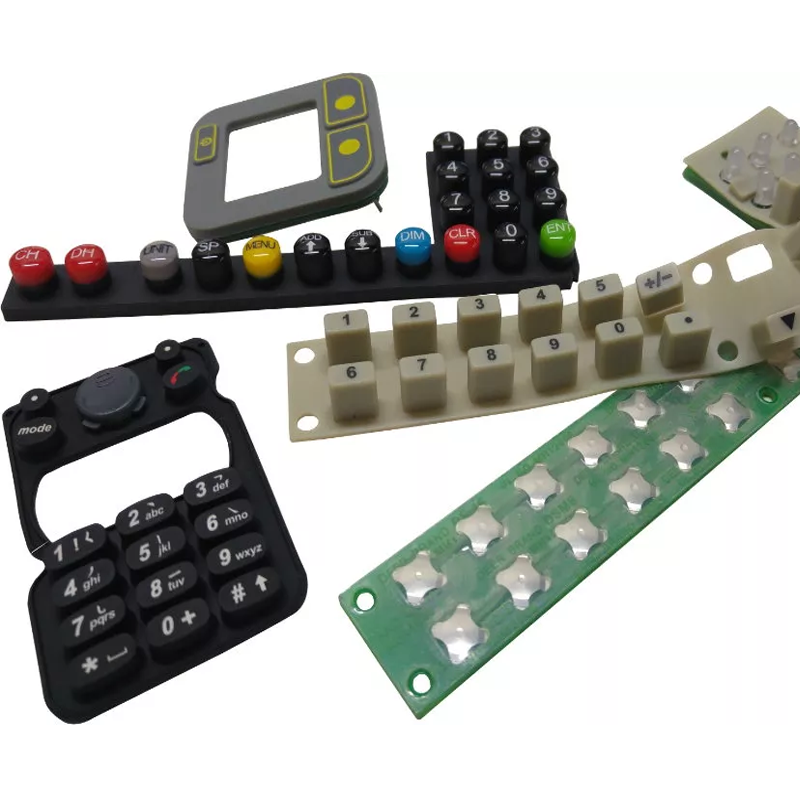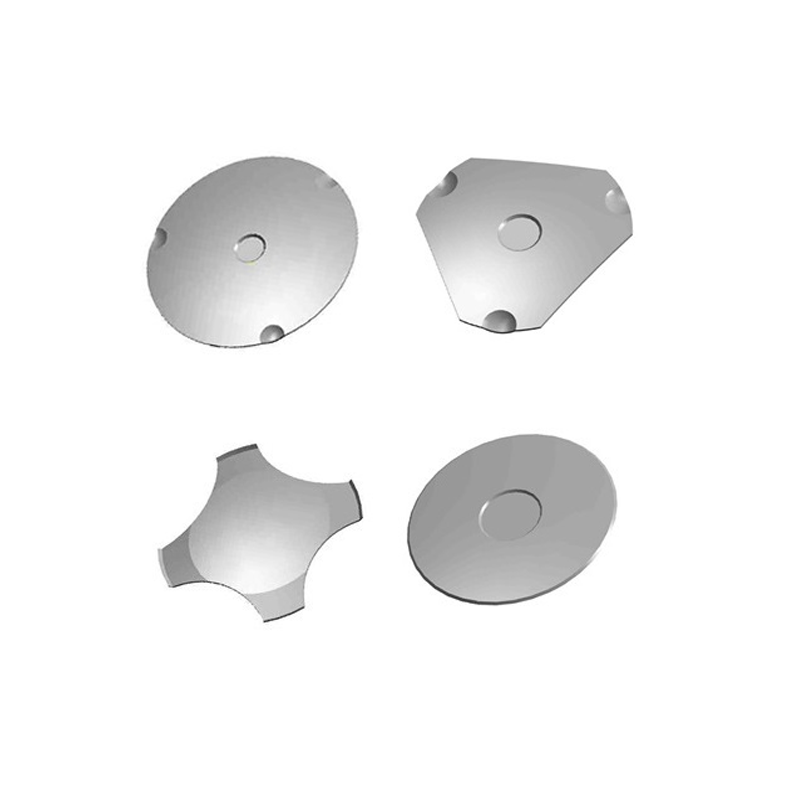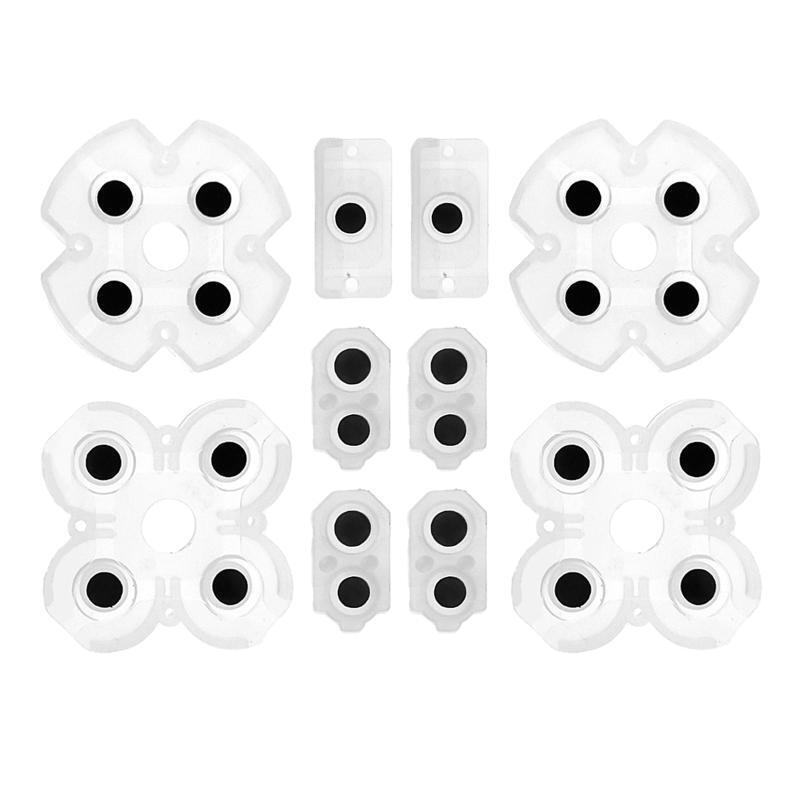Silicone rubber keyboards are integral components of a wide array of electronic devices, ranging from everyday remote controls and household appliances to complex industrial control panels. Their tactile responsiveness and resilience make them highly sought after across diverse applications. A critical factor in the design of these keyboards is the choice of contact mechanism, which usually involves either metal domes or conductive carbon inserts. Each of these options comes with its unique advantages and disadvantages, influencing their suitability for different use cases. This article aims to explore these differences in depth, providing valuable insights to assist you in making an informed selection for your upcoming project.
Advantages of Metal Domes
Superior Tactile Feedback
Metal domes are highly regarded for their exceptional tactile feedback. The snap-action mechanism of the dome generates a clear and distinct response upon activation, greatly enhancing the user experience. This feature is especially crucial in applications where user interaction is paramount, such as gaming devices and medical equipment, where feedback is essential to confirm that user inputs have been recognized.
Robustness and Longevity
One of the primary advantages of metal domes is their robustness. Designed to endure millions of actuations, they retain their performance quality over extended periods, making them ideal for high-usage environments. This durability is vital in industrial settings, where keyboards are subjected to rigorous daily operation, ensuring reliability and reducing the need for frequent replacements.

Low Electrical Resistance
Metal domes typically demonstrate lower electrical resistance than their carbon counterparts. This property ensures a more reliable and consistent electrical connection, which is particularly important for sensitive electronic systems that require optimal performance and responsiveness.
Customization Potential
Metal domes can be manufactured in various shapes, sizes, and actuation forces. This level of customization allows manufacturers to tailor keyboards to meet specific functional needs or design criteria, enabling seamless integration into unique product designs without compromising performance.
Disadvantages of Metal Domes
Higher Production Costs
Despite their numerous benefits, metal domes tend to be more expensive than conductive carbon inserts. This price differential can significantly impact budget-conscious projects, necessitating a careful evaluation of the trade-offs involved.
Auditory Feedback
The characteristic clicking sound produced by metal domes, while enjoyable for many users, may be inappropriate in noise-sensitive environments. For applications situated in offices or libraries where sound reduction is prioritized, the audible feedback may necessitate exploring alternative solutions.

Complex Integration
The incorporation of metal domes into keyboard designs can introduce complexities. Ensuring precise alignment and mounting is crucial for optimal functionality, which may demand additional engineering resources and extend production timelines.
Advantages of Conductive Carbon Inserts
Cost Efficiency
Conductive carbon inserts generally offer a more economical alternative to metal domes, making them appealing for projects with budget limitations. This financial advantage enables enhancements in other product features without surpassing budgetary constraints.
Quiet Operation
A notable benefit of carbon inserts is their silent operation. Unlike metal domes, these inserts do not generate sound during activation, making them well-suited for noise-sensitive environments. This characteristic is especially beneficial in hospitals, conference rooms, and residential settings where silence is essential.

Integration Versatility
Conductive carbon inserts can be easily incorporated into a wide range of keyboard designs, including those featuring unconventional shapes or sizes. Their adaptability allows designers to create distinctive products while maintaining performance integrity, making them applicable in various scenarios.
Variable Pressure Sensitivity
Conductive carbon inserts can provide varying actuation forces, adding another layer of sensitivity to the user experience. This adaptability enables designers to accommodate specific user preferences or functional requirements effectively.
Disadvantages of Conductive Carbon Inserts
Limited Tactile Response
Although conductive carbon inserts excel in certain areas, they typically provide less tactile feedback than metal domes. For applications where tactile response is critical, such as gaming keyboards or specialized medical equipment, this limitation can be a significant drawback.
Wear and Tear Concerns
Carbon inserts may exhibit wear and tear more rapidly than metal domes, particularly in high-usage contexts. This susceptibility can lead to reliability issues over time, necessitating more frequent replacements and potentially elevating long-term costs.
Higher Electrical Resistance
Conductive carbon inserts often present higher electrical resistance when compared to metal domes. While this may not pose challenges for all applications, it could impact performance in sensitive electronic devices, resulting in potential functionality issues in critical environments.

Striking a Balance Between Performance and Cost
Ultimately, the decision to use metal domes or conductive carbon inserts in silicone rubber keyboards hinges on balancing performance requirements with budgetary considerations. For applications demanding superior tactile feedback, durability, and low electrical resistance, metal domes usually emerge as the preferred choice. In contrast, conductive carbon inserts offer a cost-effective solution for projects that prioritize silent operation and design flexibility.
When making your selection, it is crucial to evaluate the specific requirements of your project. Factors such as user experience, environmental conditions, and budget constraints should inform your decision. By thoroughly understanding the advantages and disadvantages of each option, designers and engineers can make informed choices that align with their application’s demands.
Conclusion
In summary, both metal domes and conductive carbon inserts have established roles within the realm of silicone rubber keyboards. The key to successful product development lies in selecting the appropriate mechanism that not only fulfills functional specifications but also enhances overall user satisfaction. By carefully considering the unique attributes of each option, you can ensure that your design delivers the quality and performance your customers expect.
![]()
![]()
